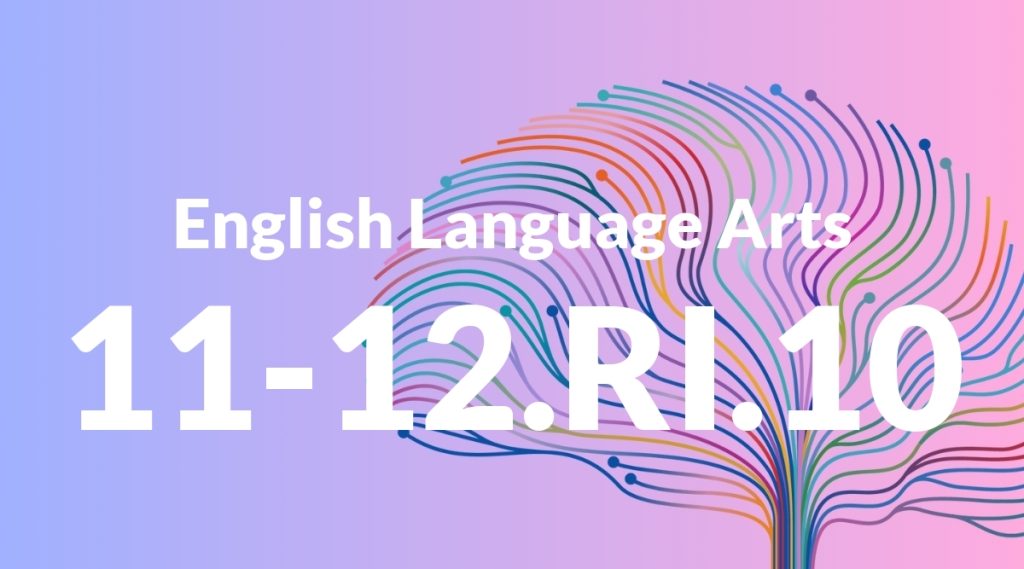Standard: 2.RI.10 – By the end of year, read and comprehend informational texts, including history/social studies, science, and technical texts, in the grades 2–3 text complexity band proficiently, with scaffolding as needed at the high end of the range.
Grade level: Grade 2
Subject: English Language Arts
Domain: Reading: Informational Text
Teacher Overview
This standard emphasizes the importance of reading and comprehending informational texts across various subjects. By mastering this standard, students will be better equipped to handle more complex texts in higher grades and in real-world situations. Students should have a foundational understanding of how to identify main ideas and supporting details in texts, basic decoding skills, and the ability to read simple informational texts.
After mastering this standard, students will be able to analyze and summarize informational texts, compare and contrast information, and integrate knowledge from multiple texts, preparing them for more complex reading tasks in higher grades.
Common Misconception 1
A common misconception is that students need to understand every word in a text to comprehend it. This is incorrect because comprehension relies more on understanding the main ideas and key details.
Intervention 1
Encourage students to use context clues and focus on the overall meaning of the text. Provide practice with identifying main ideas and key details without getting bogged down by unfamiliar words.
Common Misconception 2
Another misconception is that informational texts are only found in textbooks. This is incorrect as informational texts can be found in various formats such as articles, manuals, and biographies.
Intervention 2
Introduce students to a wide range of informational texts. Use diverse sources to show that informational texts are everywhere, not just in textbooks.
Prerequisite Knowledge
Students should be able to read and understand basic informational texts, recognize main ideas and supporting details, and have basic decoding skills.
Subsequent Knowledge
Students will develop the ability to analyze and summarize informational texts, compare and contrast information, and integrate knowledge from multiple texts.
Instructional Activities
- Read a short article on a science topic and discuss the main idea and key details.
- Have students follow a simple set of instructions from a technical manual and complete a task.
- Read a biography of a historical figure and identify key events in their life.
- Compare and contrast two informational texts on the same topic.




